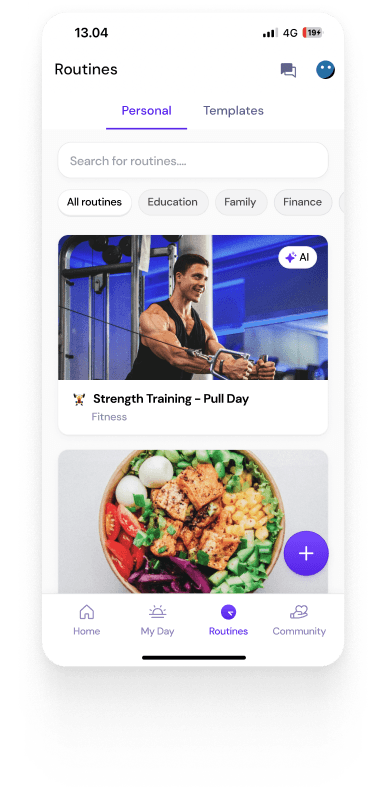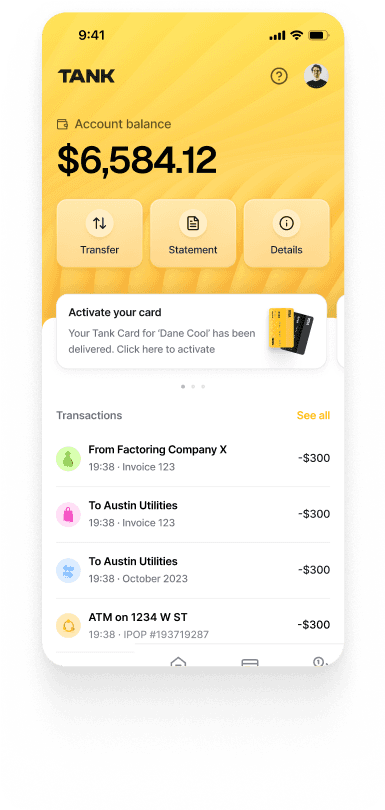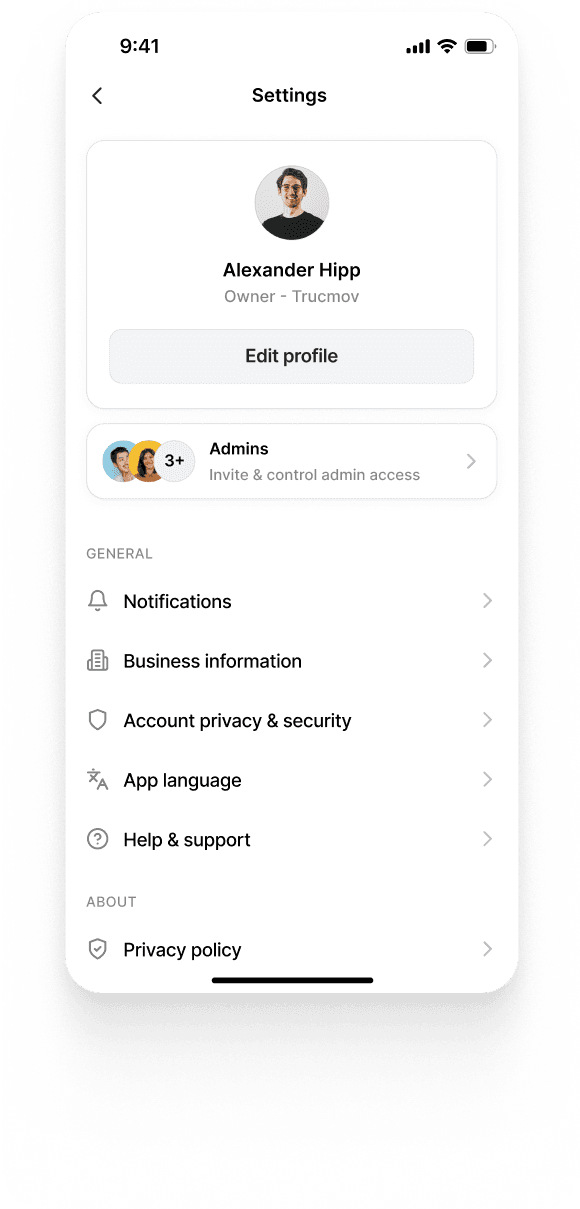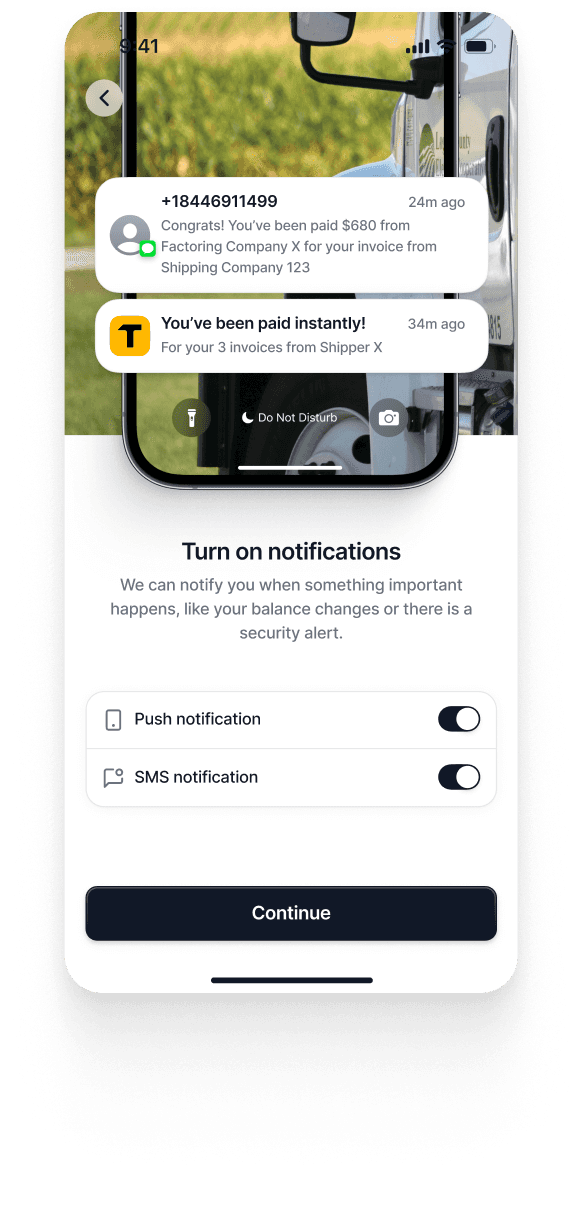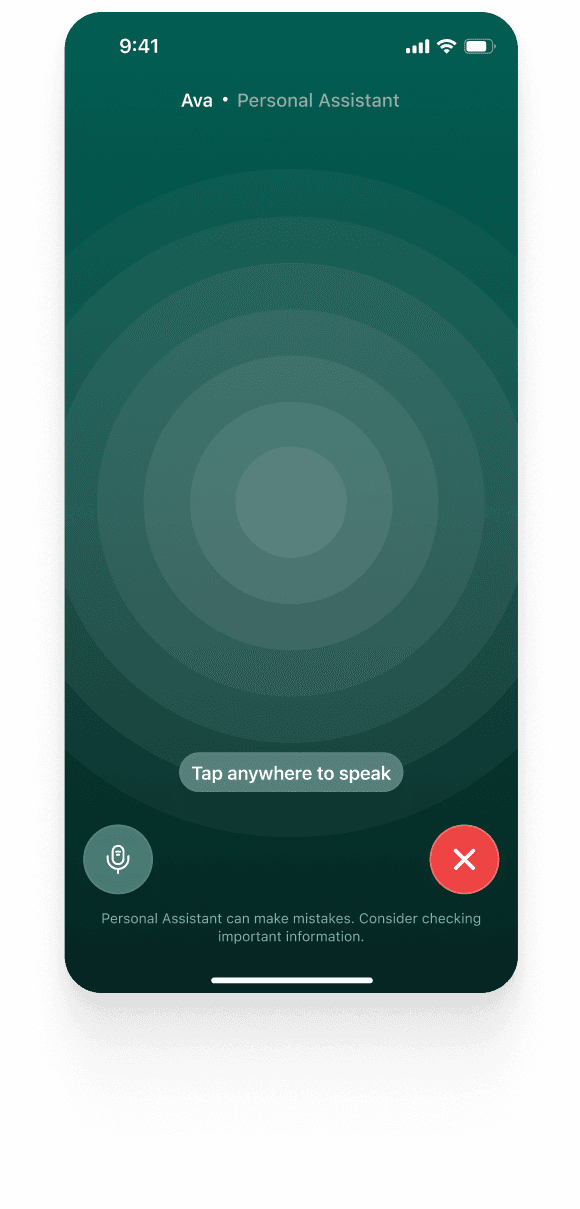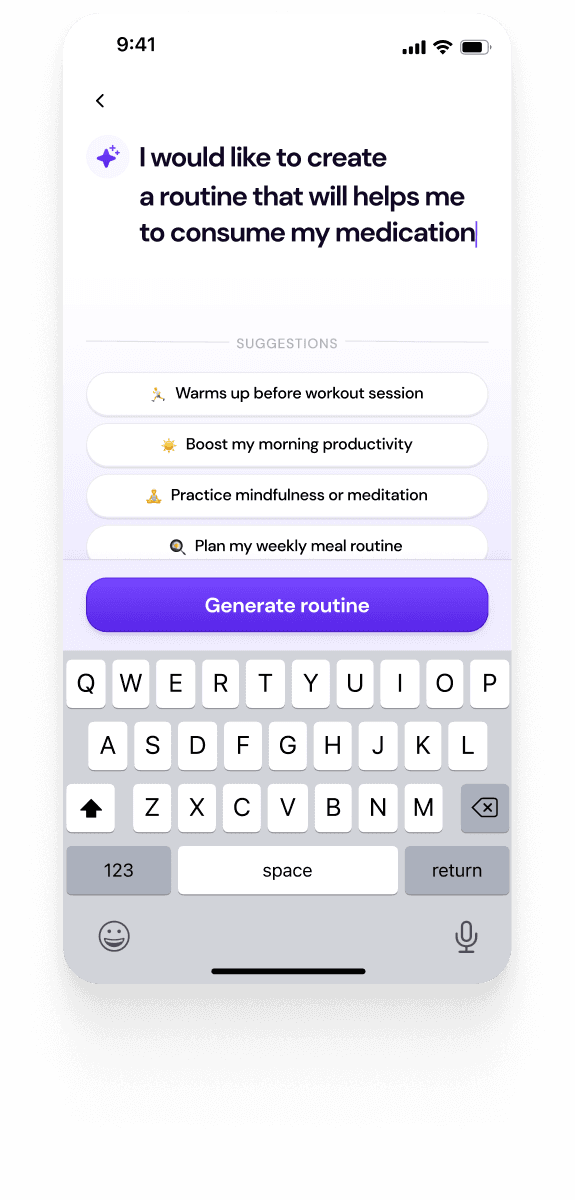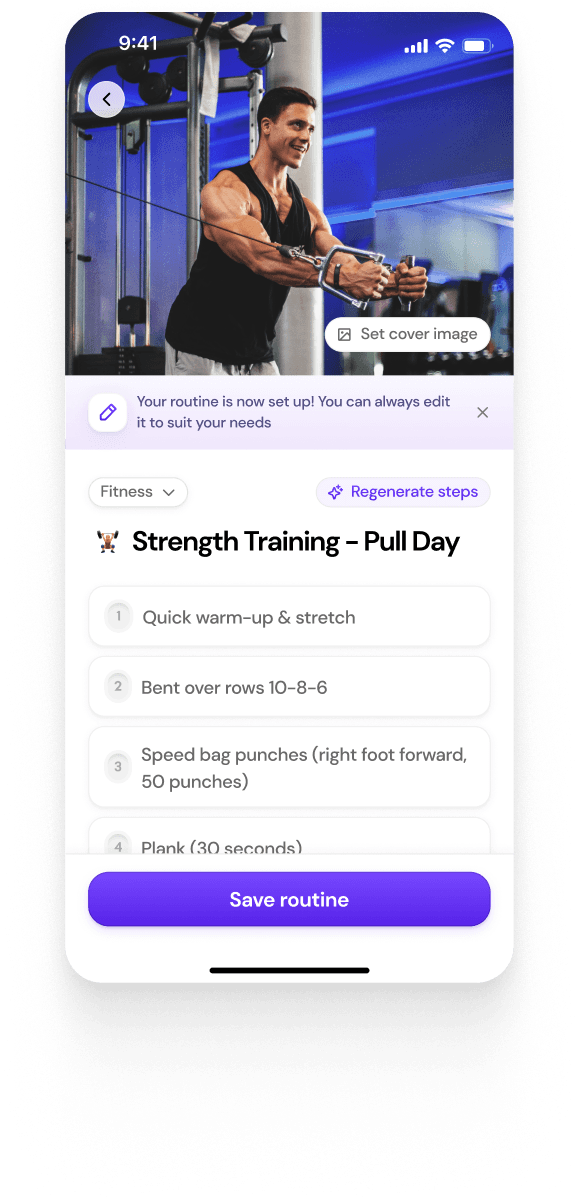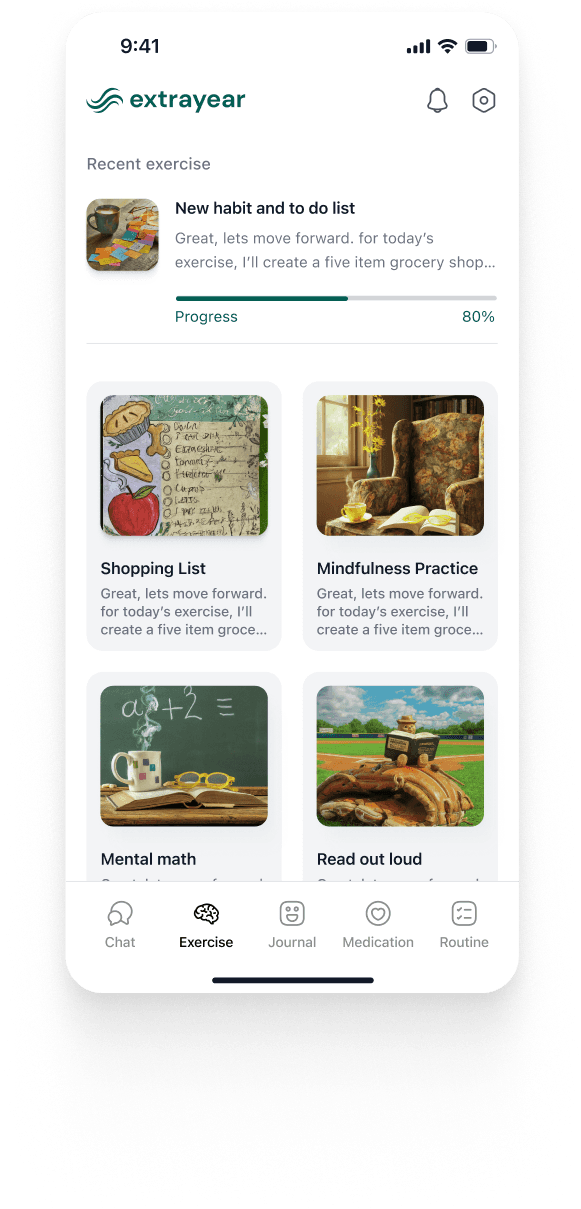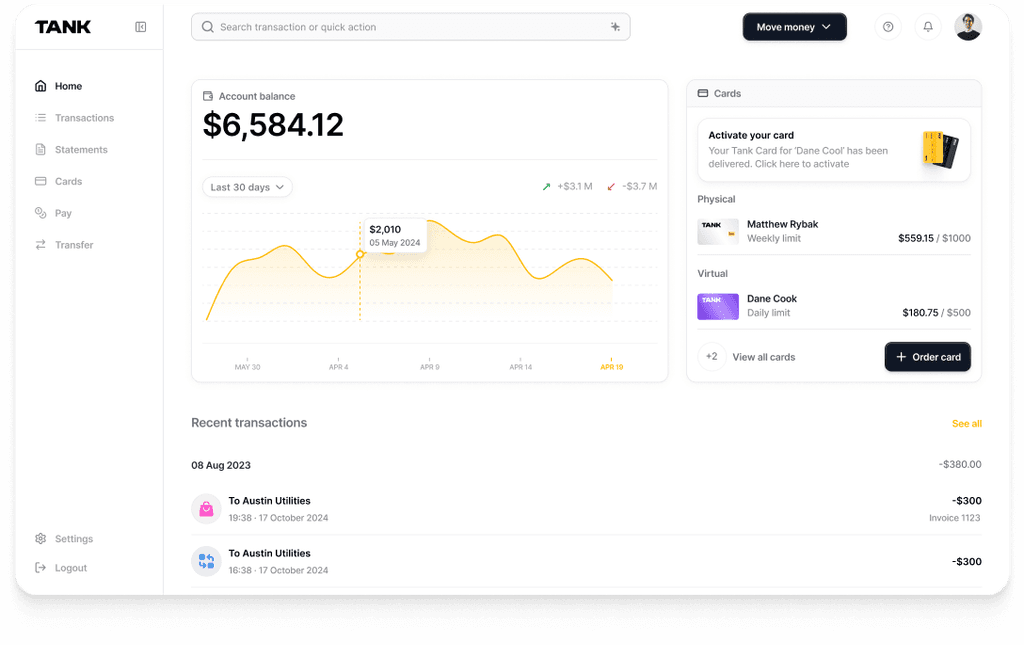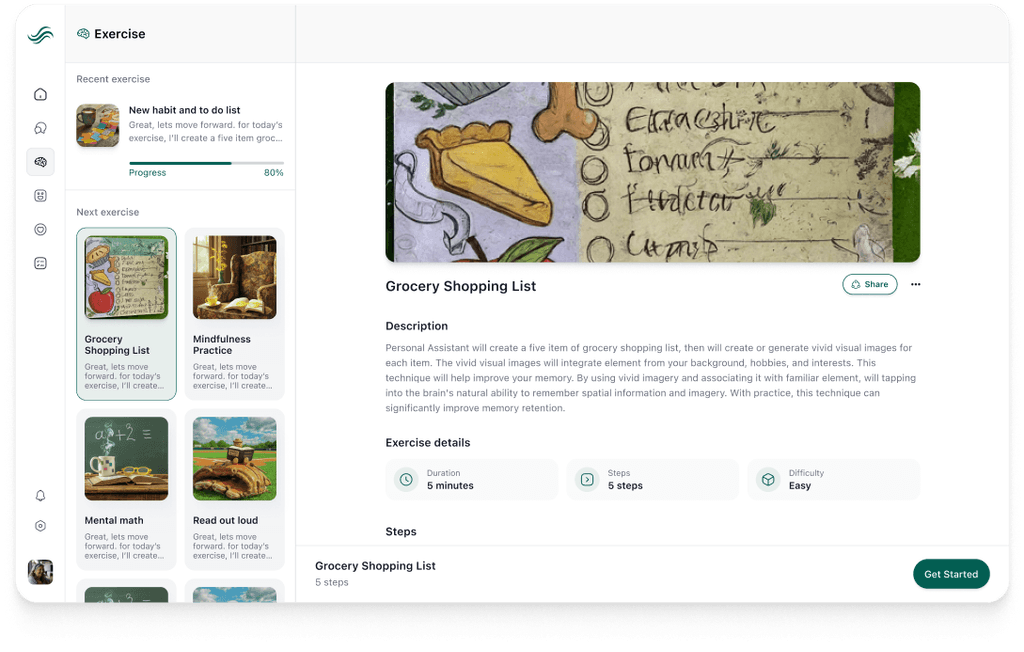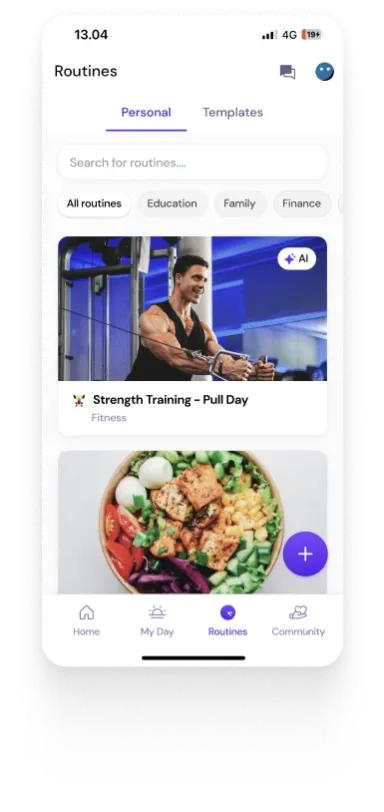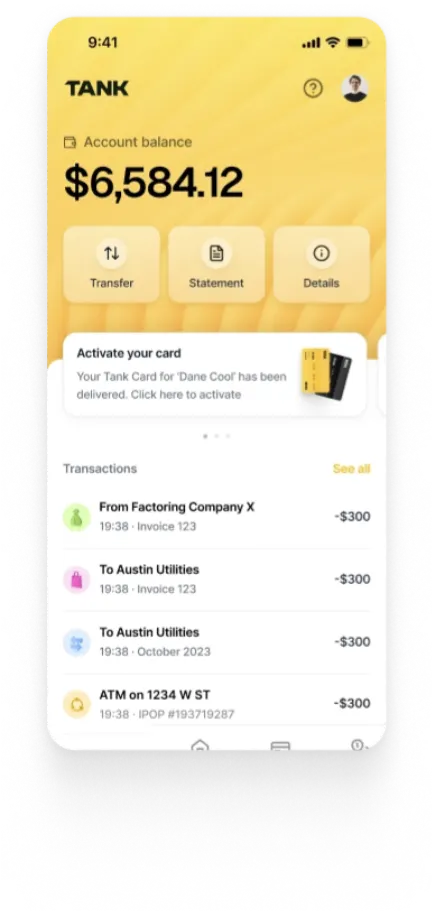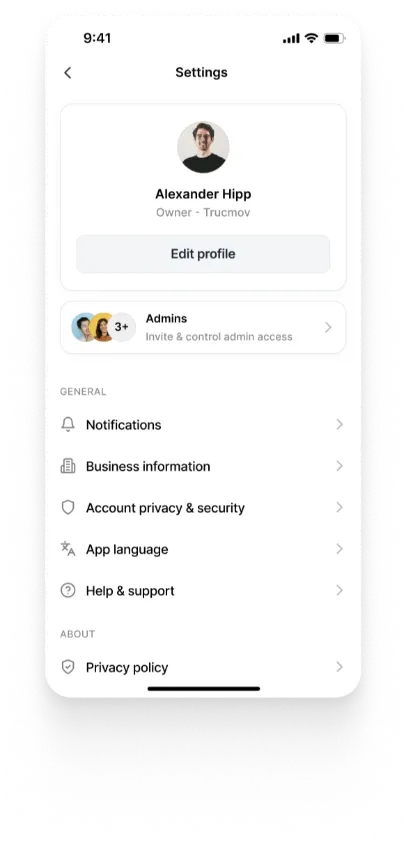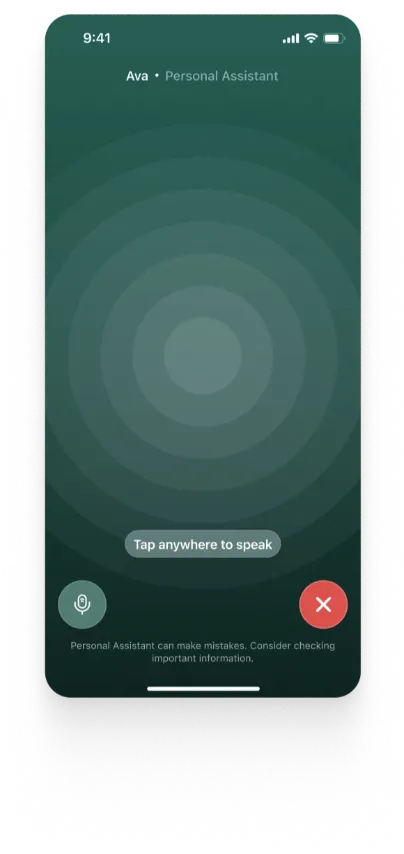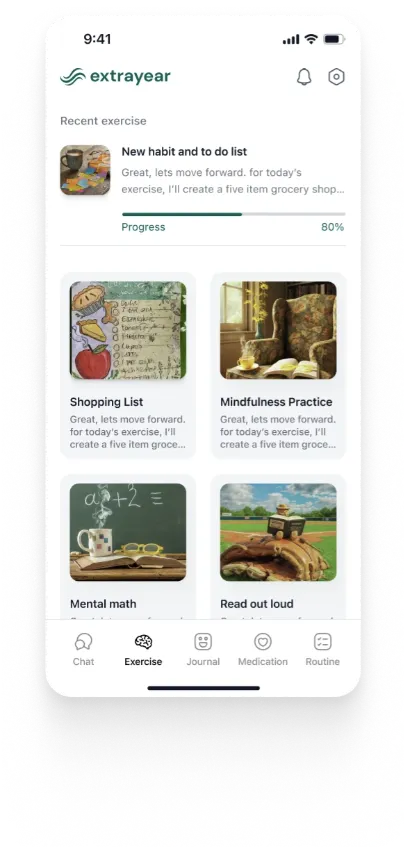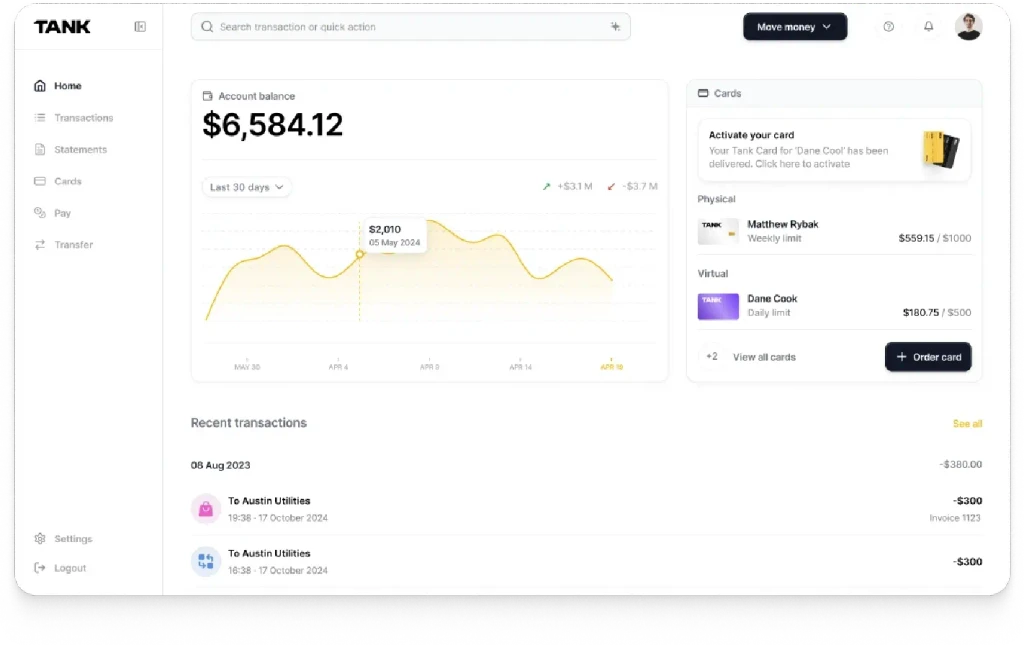A Comprehensive Guide to IEP Documents and Process
Summary
The Individualized Education Plan (IEP) is designed to ensure students with disabilities receive education support according to their needs. A team of professionals, along with the parents develop an IEP specific to the student’s requirements. Regular progress reports are essential to adjust the plan as needed. Strict SOPs must be followed to ensure compliance with the Department of Education’s guidelines and the student’s continued success.
Key insights:
An Individualized Education Plan (IEP) is a legal document that outlines specific educational plans for students with disabilities under the IDEA.
The IEP process involves initial evaluation, eligibility determination, development of a comprehensive IEP document, and regular meetings.
Evaluation includes assessments of academic achievement, cognitive functioning, behavioral observations, adaptive behavior, and specialized assessments.
The IEP document includes student information related to present levels of educational performance, annual goals, special education services, participation with peers, assessment accommodations, service duration, transition service needs, and age of majority.
The IEP must be reviewed at least annually or more frequently if needed to ensure it meets the student's evolving needs.
Special considerations in the IEP process include behavioral interventions, language needs, visual and hearing impairments, and the need for assistive technology.
Introduction
An Individualized Education Plan (IEP) is a legal document that outlines a special education program designed to meet the specific needs of a student with a disability. The program includes several components such as special education instruction, support, and the services that students with disabilities need to thrive in school.
According to the National Center for Education Statistics, around 7.5 million students attended school under the Individuals with Disabilities Education Act (IDEA). This number has been increasing over the past fifty years, highlighting the need for better understanding and implementation of Individualized Education Programs (IEPs) to ensure that all students receive the appropriate support and resources tailored to their unique needs.

The IEP is a legally binding document and ensures that each child receives the appropriate support, accommodations, and services for education. The IEP process involves a collaborative effort between parents, educators, specialists, and the student. Throughout this process, various forms and documents are required to comply with regulations.
The required forms for the IEP process can vary across states and school districts. This article will provide a detailed understanding of the IEP process, including the various forms, documents, and procedures involved.
Evaluation and Reevaluation Reports
The IEP process begins with an evaluation to determine if a student is eligible for special education services. Before conducting the initial evaluation, the school must obtain written consent from the parent/guardian. This consent generally outlines the specific assessments and evaluations to be conducted.
The evaluation involves various assessments including:
Academic Achievement: Assessment of reading, writing, mathematics, and other academic areas.
Cognitive Functioning: Assessments of intellectual abilities, problem-solving skills, and learning ability.
Behavioral Observations: Documentation of the student’s behavior in various settings such as the classroom and at home.
Adaptive Behaviour: Assessments of the student’s ability to function independently in areas like self-care, communication, and social skills.
Specialized Assessments: Depending on the student, specialized assessments may be conducted by speech-language pathologists, occupational therapists, or other specialists.
The evaluation report holds the results of these assessments and identifies the student’s strengths, areas that need improvement, and eligibility for an IEP.
Eligibility Determination
After the evaluation is complete, the school must provide the parent with the proposed eligibility determination. If the parents disagree with the evaluation, they may take their child for an independent evaluation and ask the school to cover related costs.
The proposed eligibility notice may include information that explains the reasons behind approving or declining the child’s eligibility status for an IEP.
If the student is determined to be eligible for special education and related services, the IEP process begins and an IEP document must be completed within 30 days.
Meeting Standard Operating Procedures (SOPs)
IEP-related meetings are generally scheduled by the school system. These meetings must be carried out in a systematic manner by following rules laid out by the U.S. Department of Education. The school system must adhere to the following rules:
Contact all parties involved, including the parents.
Notify parents in advance to ensure they have an opportunity to attend the meeting.
Schedule the meeting at a time and place agreeable to the parents and the school.
Notify parents about the purpose, time, and location of the meeting as well as other participants.
Notify parents about their right to invite other personnel who have special expertise about the child.
As is evident above, parents are considered the most essential personnel in the IEP process who must be notified every step of the way. Their voice must be heard and the decisions taken should be approved by them. Therefore, additional services such as the need for an interpreter for the parents should be carefully evaluated to ensure the parents can understand and communicate effectively during the meeting.
The meeting notification should include all relevant information including the child’s information, the location and time of the meeting, the purpose of the meeting, all participants invited to the meeting, and a parent response field (if applicable). The notification may be provided through various channels such as written notices, emails, visits to their place of residence, telephone calls, etc. An example of a meeting notification form can be found here.
In case the parents are unable to attend the meeting, the Individuals with Disabilities Act (IDEA) permits them to participate in the meeting through conference calls. However, if that is also not possible, then the school system may conduct the meeting without the parent’s presence and provide a review of the meeting afterward for their approval. In this case, school systems must hold detailed records of the attempted notifications to the parents along with their response, to demonstrate reasonable effort to ensure that the parents can attend the meeting.
IEP Document
The IEP document is the cornerstone of the special education process and its development begins with an initial meeting scheduled by the school system. According to the guide provided by the U.S. Department of Education, there are certain requirements that must be met even though no specific format is required or recommended.
During the IEP meeting, the participants meet to draft a written IEP, which must include the following fields:
Student Information: As the IEP document must be individualized to each child, it must include specific information to identify the student to whom the document applies.
Present Levels of Educational Performance: The current performance of the child in school. This information is generally acquired from classroom tests, assignments, individual evaluations conducted to determine eligibility for services, and observations made by parents, teachers, service providers, and school personnel. This section should also highlight the child’s strengths and incorporate the parents’ suggestions for enhancing the child’s education.
Annual Goals: The objectives that the child can reasonably achieve within a year. These are broken into short-term objectives and may include academic, social, and physical goals. It is important to ensure that the goals are measurable to track progress effectively.
Special Education and Related Services: A list of the special education and related services to be provided to the child. This may include supplementary aids and modifications to the program tailored to the child’s needs. This section should also include additional support such as professional development for the child.
Participation with Peers: The extent to which the child will participate in general education classroom and school activities alongside their peers without disabilities.
Assessment Accommodations: Since most states hold achievement tests for children in certain grades, the IEP should outline the necessary modifications to these assessments for the child. If the child cannot take the test, an alternative assessment method must be specified in this field.
Service Duration: The time frame during which the services will be provided and the full duration for which they will be offered.
Transition Service Needs: The courses and services required to help the child prepare for their post-school goals and transition from school.
Age of Majority: Beginning at least one year before the child reaches the age of majority, the IEP should include a statement indicating that the child has been notified of the rights that will transfer to them upon reaching the age of majority.
Progress Monitoring: An outline of how the child's progress will be measured, as well as how the parents will be informed of the child's progress.
Consent for Initial Implementation of the IEP
Once the IEP document has been written, the school is required to provide a copy of the document to the parents and all involved parties at no additional cost. This step ensures that each individual is fully informed of their responsibilities and rights.
Furthermore, before the IEP can be implemented, the school must obtain written consent from the parents to receive their approval of the recommended special education and related services outlined in the document.
Obtaining parental consent is a crucial step in the process as it ensures that the parents are fully informed and agree with the proposed plan for their child’s education. By law, the school cannot proceed without first obtaining their approval.
Progress Reports
Throughout the implementation of the IEP, the school is required to provide regular progress reports that document the student’s progress toward achieving the goals outlined in the IEP. These reports may include academic, behavioral, social-emotional, physical, and communication skills progress.
These reports should include the following information along with the student information:
Evaluation of Progress: A summary of the student’s current performance and the improvement from previous milestones.
Strategies: The strategies, accommodations, and interventions used to support the student’s success.
Recommendations: Future support recommendations and potential adjustments to the IEP that can help the student achieve further goals.
Feedback: This field should incorporate feedback from parents and other participants on the child’s current progress and recommendations for the future.
These progress reports are crucial in the IEP process as they serve as an evaluation of the IEP’s effectiveness. They can be an indicator of potential changes to the plan to achieve better results and ensure the student’s continued success in the future. Progress reports also facilitate open communication and collaboration between the school, parents, and other parties involved in the student’s education.
IEP Reviews
The IEP team must review the child’s IEP at least once a year to evaluate their progress toward achieving the annual goals. However, reviews may be conducted more frequently if necessary based on requests by the parents or the school.
During these reviews, the team should consider revising the IEP to address the following:
Lack of adequate progress toward the expected goals.
Information gathered through reevaluation of the child's needs and abilities.
Relevant information about the child that the parents wish to share.
Relevant information about the child that the school staff has observed.
Lack of adequate progress toward the expected goals.
Information gathered through reevaluation of the child's needs and abilities.
Relevant information about the child that the parents wish to share.
Relevant information about the child that the school staff has observed.
The review process allows for a comprehensive evaluation of the IEP’s effectiveness and ensures that the plan remains aligned with the child’s evolving needs. By considering input from all members of the team, the IEP can be modified through informed decisions.
IEP Revisions
To move forward with IEP revisions, the team must meet and follow the meeting SOPs. If revisions are made to the IEP during the meeting, the school must provide the parents with a copy of the updated document, clearly highlighting the changes made. Furthermore, before implementing the revised IEP, the school is required to obtain written consent from the parents.
It is important to note that the IEP revision process should be carefully executed as it directly impacts the student’s educational trajectory. Detailed documentation of the revisions should be kept, including the reasons behind the modifications for future reference.
Special Factors for Consideration
The U.S. Department of Education has listed several special factors that must be considered throughout the IEP process. These include:
Behavior: If the child's behavior interferes with their learning or the learning of others, the IEP team should consider positive behavioral interventions, strategies, and supports to address the behavior.
Limited English Proficiency: If the child has limited proficiency in English, the IEP team should consider the child's language needs and provide appropriate language assistance.
Visual Impairment: If the child is blind or visually impaired, the IEP team must provide instruction in Braille and the use of Braille, unless an evaluation determines that instruction in Braille is not appropriate for the child.
Communication Needs: If the child has communication needs, the IEP team must consider those needs and provide appropriate accommodations or services to address them.
Hearing Impairment: If the child is deaf or hard of hearing, the IEP team should consider their communication needs, which may include opportunities for direct communication with classmates and school personnel (for example, sign language).
Assistive Technology: The IEP team must always consider the child's need for assistive technology devices or services to support their education and participation.
Conclusion
In conclusion, the IEP process requires collaboration, understanding, and a commitment to meeting the unique needs of each student with a disability. The process requires various forms and documents that must be carefully drafted and thoroughly documented. By following the guidelines and procedures outlined in this guide, schools, parents, and other stakeholders can work together to create robust and effective IEP that not only follows the guidelines outlined by the U.S. Department of Education but also supports the student’s continued success and growth.
Authors
References
“Digest of Education Statistics,.” Nces.ed.gov, nces.ed.gov/programs/digest/d23/tables/dt23_204.30.asp?current=yes.
Hanson, Jennifer. “IEP Progress Report Examples: A Guide.” Special-Education-Journey.com, 10 Feb. 2023, special-education-journey.com/iep-progress-report-examples/#:~:text=An%20IEP%20(Individualized%20Education%20Program)%20Progress%20Report%20should%20contain%20a.
“How to Request an IEP Assessment.” Undivided.io, 10 Nov. 2020, undivided.io/resources/iep-assessments-101-115.
“Scheduling the IEP Meeting and Notifying Parents | Center for Parent Information and Resources.” Parentcenterhub.org, 2010, www.parentcenterhub.org/scheduling/.
U.S. Department of Education. “Guide to the Individualized Education Program.” Ed.gov, 30 Aug. 2019, www2.ed.gov/parents/needs/speced/iepguide/index.html, http://www.ed.gov/parents/needs/speced/iepguide/index.html.













